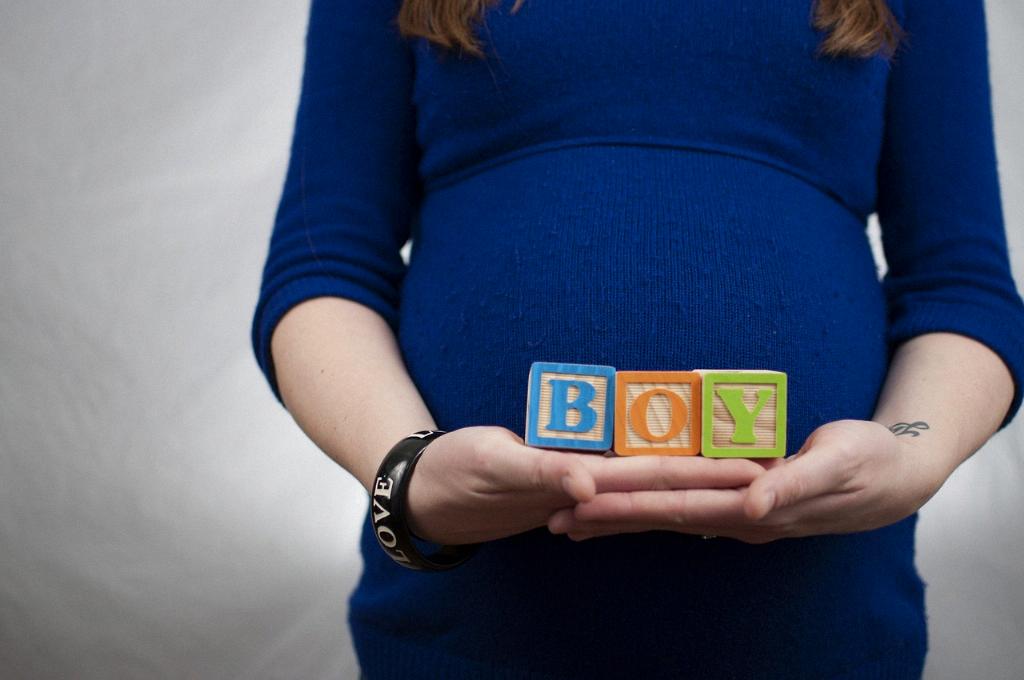When it comes to the position of a baby in the womb, there are various factors to consider. One of the key aspects is the side of the stomach where the baby stays. This can depend on the specific position of the fetus within the womb, which plays a crucial role in the overall birthing process.
One common position in which a fetus may be found is the left occiput anterior. In this scenario, the baby’s head is positioned downwards, facing the pregnant individual’s back, and they reside in the left side of the womb. This particular placement can have implications for the labor and delivery phases.
On the other hand, the right occiput anterior position mirrors the previous one, with the head pointing downward and the fetus facing the mother’s back. However, in this case, the baby is situated in the right side of the womb. This distinction in the location within the womb can impact the mother’s experience during childbirth.
It is essential to note that the side of the stomach where the baby stays can influence the progress of labor. For instance, a baby positioned on the left side of the womb might exert pressure on specific areas, potentially affecting the mother’s comfort and the efficiency of contractions.
Conversely, a fetus residing on the right side of the stomach may produce distinct sensations for the pregnant person, as the pressure points and movements differ based on the baby’s orientation within the womb. Understanding these variations can assist in preparing for the birthing process.
Furthermore, the location of the baby within the womb can impact the overall presentation during labor. Whether the fetus is positioned on the left or right side of the stomach, this factor contributes to the dynamics of delivery and may necessitate adjustments in the birthing plan.
Expectant individuals and healthcare providers alike should be aware of the potential implications of the baby’s position within the womb. By identifying whether the baby stays on the left or right side of the stomach, preparations can be made to address any challenges that may arise during labor and delivery.
While the specific side of the stomach where the baby stays is significant, it is just one element to consider in the broader context of childbirth. The interaction between the fetus’s position, the mother’s physiology, and the progress of labor plays a critical role in determining the overall birthing experience.
Ultimately, understanding the intricacies of fetal positioning in the womb can empower expectant individuals to navigate the birthing process with greater awareness and preparedness. By recognizing the potential impact of the baby’s location within the womb, parents can approach childbirth with a comprehensive understanding of the factors at play.

